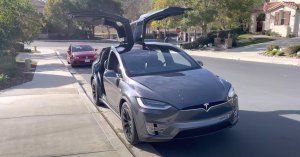Tesla Officially Announces the Refreshed Model 3 'Highland' With Ambient Lighting, Rear Screen and Ventilated Seats [Photos/Video]
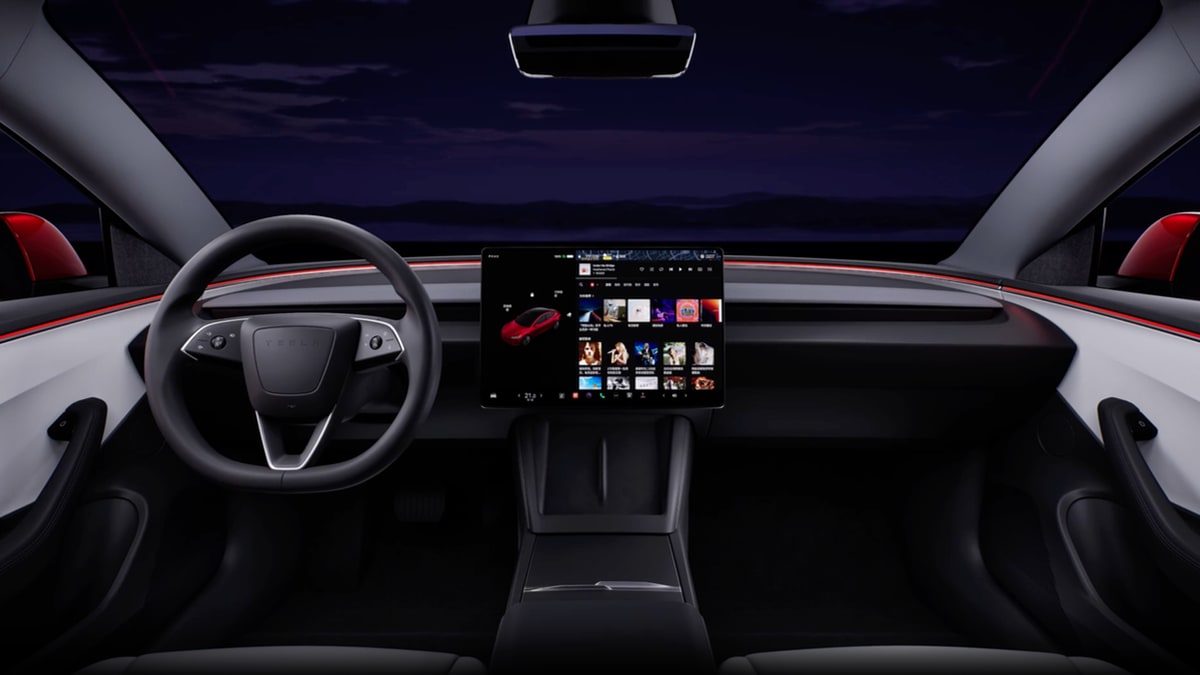
Tesla's very public secret, codenamed Highland, is now in showrooms in China. The company finally publicly revealed the product, as predicted for the beginning of September, and thanks to months of leaks, there weren't a lot of surprises. We’ve been reporting on leaks since the end of 2022, and it turns out our sources were accurate.
Tesla has again made a publicity splash without spending a dime on traditional advertising. Instead, the company gave some automotive YouTubers an early peak at the Model 3. As soon as the embargo was lifted, YouTube channels were filled with views — money in the content creators’ pocket and publicity for Tesla.
Ambient Lighting
Multicolor ambient LED interior lighting extends from the dash to the rear seats. If that’s not cool enough, this color appears to be adjustable to any shade you like, similar to how you can change the color of your Tesla on the screen and in the app. More than half of the refreshed Model 3 is made with new parts. It is also coming in two new colors in China, Ultra Red and Stealth Gray.
Range
The range has increased by 11 to 12 percent, which equates to the rear-wheel drive getting 346 miles (554 kilometers), and the dual motor long-range 423 miles (678 kilometres). This is thanks to several things, including the lighter Model 3, now the most aerodynamic Tesla in the lineup at a stunning 0.219 drag coefficient down from 0.225.
Suspension & Road Noise
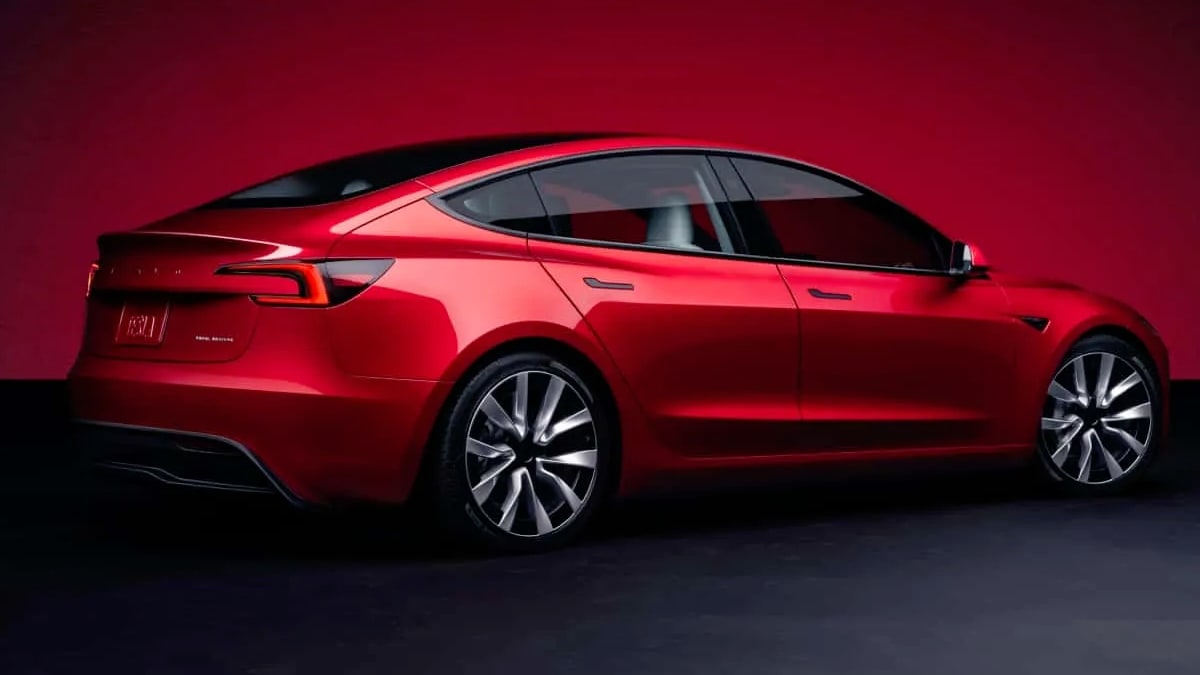
The upgraded suspension provides a more premium ride with new springs & dampers, new geometry on the front suspension, new bushings, and a new way they mount the subframe to the chassis. Moreover, the tires now have more cushioning for an improved ride.
Tesla has made a 30% decrease in wind and ambient noise, a 25% improvement in impact noise, and a 20% improvement in road noise. This has been achieved by using acoustic glass on the rear windows and back window (it was only on the front windows before), resulting in "360º acoustic glass". Additionally, more sound insulation has been added for a quieter ride.
Even Better Interior
However, you won’t be able to hear the quiet thanks to the new 17-speaker sound system, up from 14 speakers — complete with two subwoofers and two amplifiers.
We knew the interior was getting an overhaul, but we didn’t know about the upgraded ventilation system, allowing the passage side to be turned off and gain separate fan speeds. There are also two microphones for clearers calls and improved Wi-Fi connectivity. There is also an updated center console with real metal handles and a 65W USB-C charger that provides enough power to charge almost any USB-C device, includingarge a laptop. The center touchscreen has smaller bezels, higher contrast, and better responsiveness. Speaking of screens, there is an 8-inch touchscreen for rear passengers, just like the Model S and Model X.
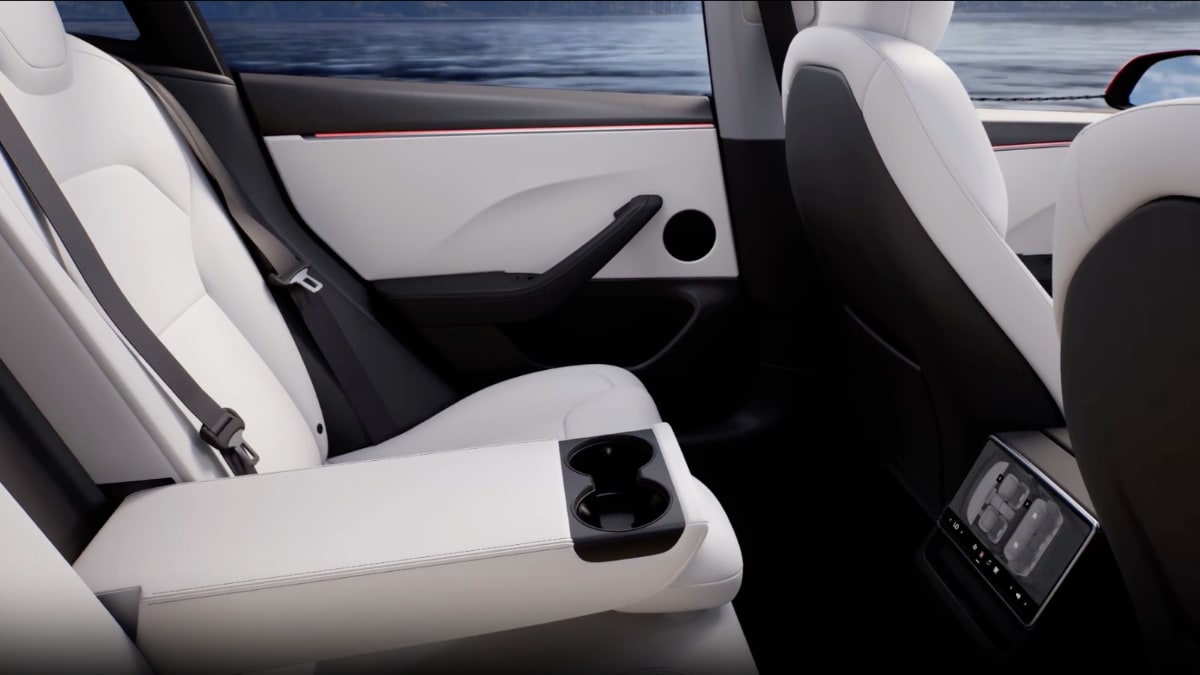
Front Bumper Camera
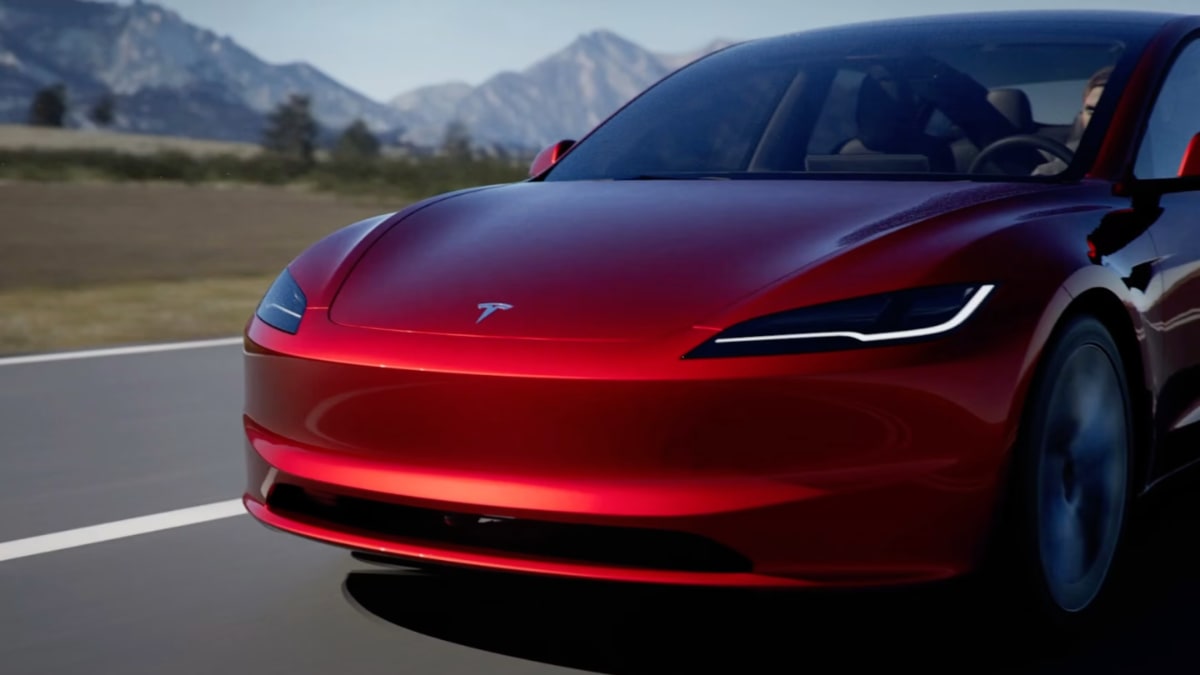
The rumored front camera did not appear in any of the YouTube videos. As previously reported, the new Model 3 is still believed to have a front camera, just like the Cybertruck, and did appear with it in several photos. The front camera will eliminate that very real blind spot just in front of the bumper that the cameras in the windshield can’t see.
Details We Already Knew
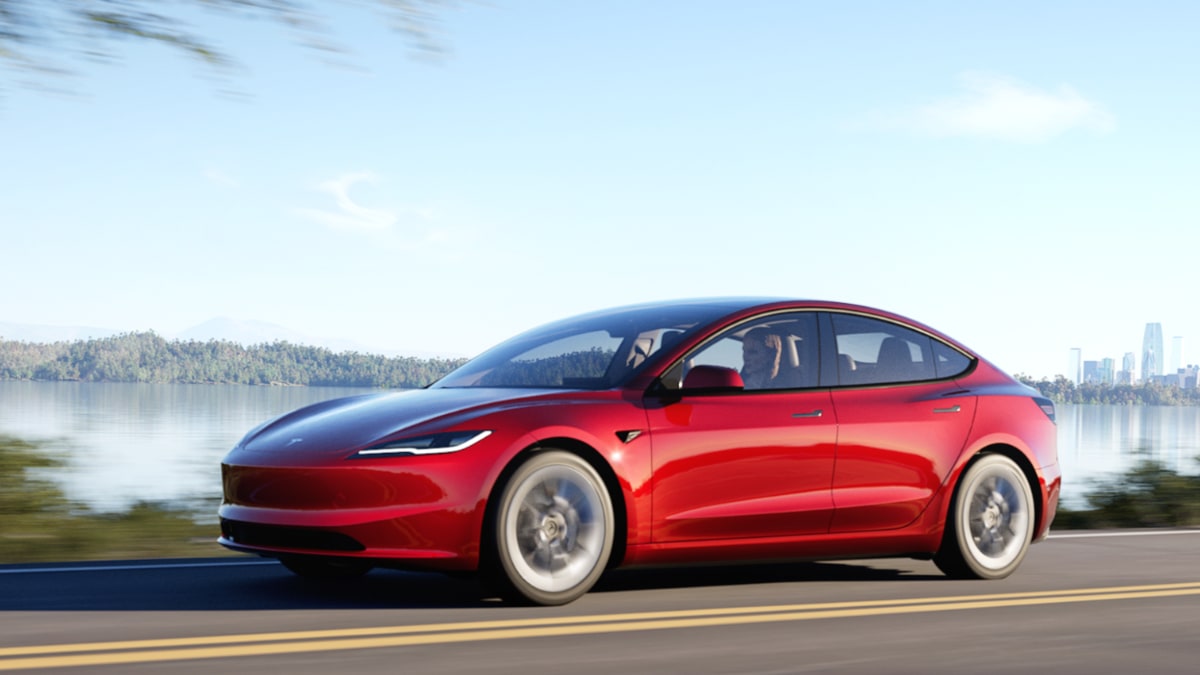
Now for a refresher about the Model 3 refresh. We’ve been talking about this vehicle since December of 2022, as the partially covered cars started popping up around California. Along the way we learned a lot, but we know that not all of you read about Tesla every day (shame, shame!). So here is a list with links to previous articles that discuss the features.
Model 3 Refresh Up Close and Personal
- More premium interior materials with a new dash design including woven material
- New steering wheel with integrated controls, no more stalks
- Perforated seats ventilated front seats
- Redesigned lower rear bumper, logo replaced with word Tesla and taillight design
- Slimmer headlight and no fog lights
- New wheel designs
Pricing
Tesla has been slashing the prices of the current Model 3, but the Highland is getting a price bump. With the cars already on the showroom floors in China, the RWD is 259,900 yuan, $35,800 USD, while the long-range is 295,900 yuan, $40,800 USD. Those prices are about a 10 percent increase — still, no word when the new Model 3 will be available in North America.
The Tesla Model 3 Highland is more than just a refresh; it's a complete overhaul that addresses several aspects of the vehicle, from aesthetics to performance and comfort. Introducing new colors, a more aerodynamic design, an enhanced sound system, and improved noise insulation are just a few of the many upgrades that make this Model 3 iteration stand out. Although there was a slight bump in the price, the host of improvements and added features justify the increase, offering more value to the customers. Time for an upgrade?












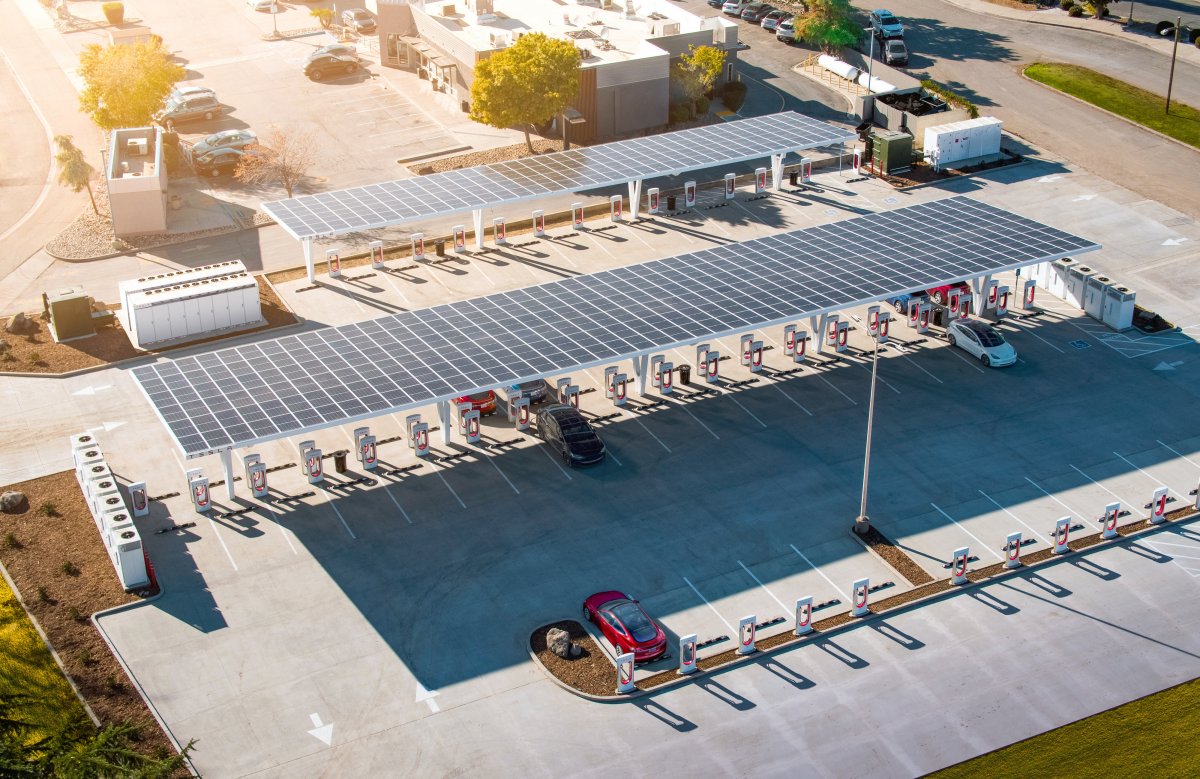
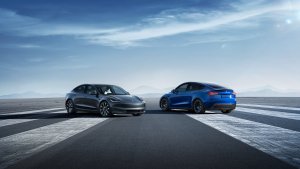
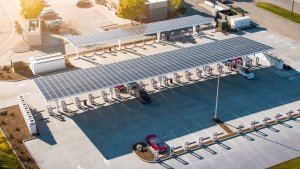
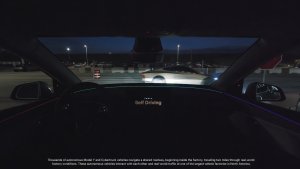
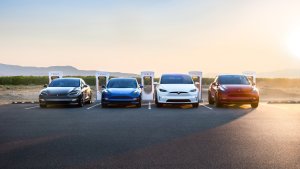
![Tesla’s Missing Voice: Why a PR Team Matters More Than Ever [Opinion]](https://www.notateslaapp.com/img/containers/article_images/multiple-models/group_93.jpg/4e1056961f0480c7b9eff43dd2ec288e/group_93.jpg)
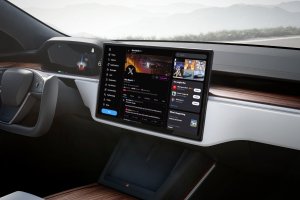
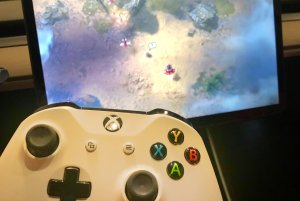
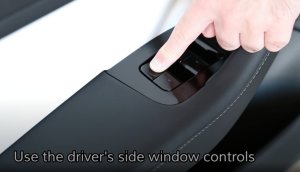
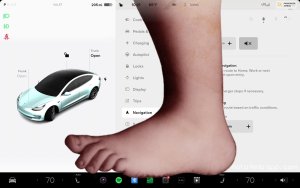








![Elon talks about Twitter and job cuts at Bloomberg forum [video]](https://www.notateslaapp.com/images/news/2022/elon-musk-qatar-forum_300w.jpg)
_300w.png)
